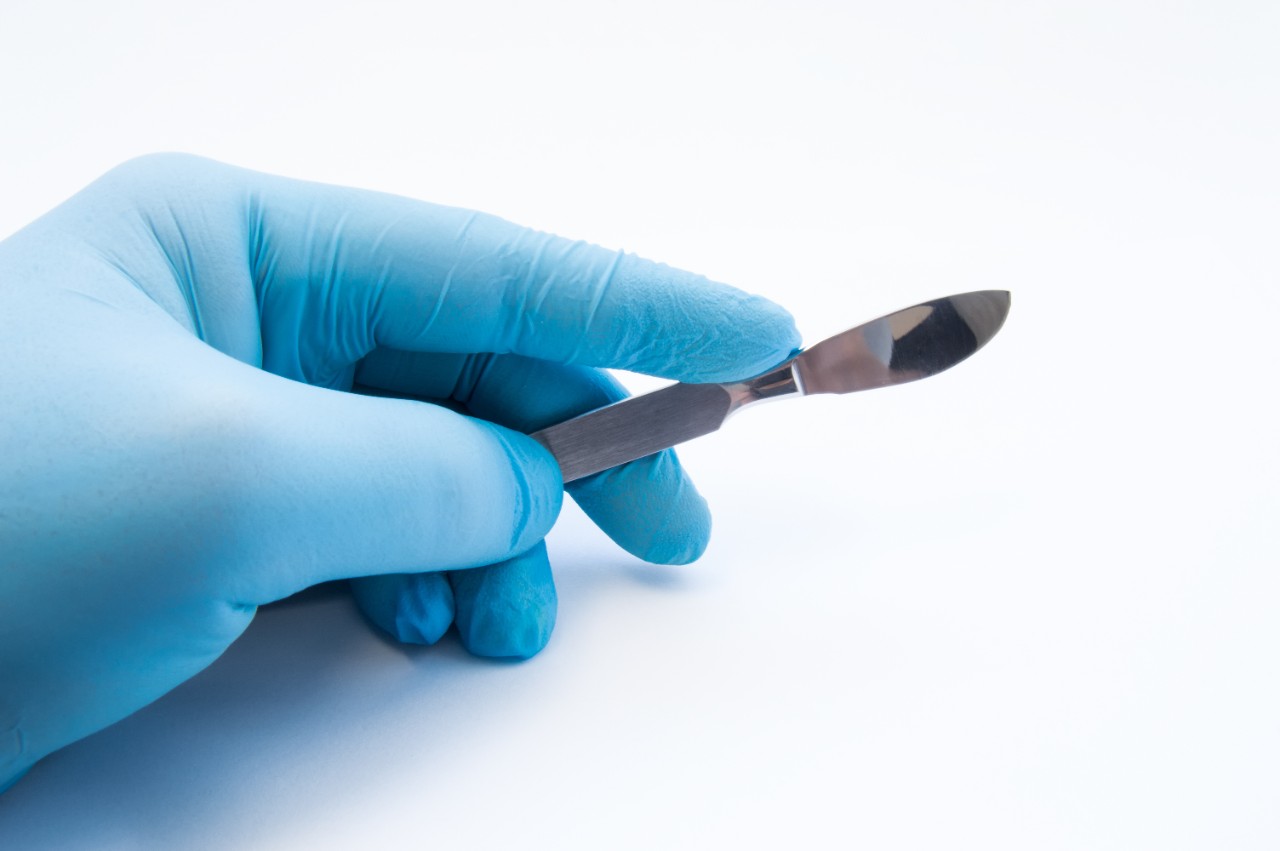Brain Surgery in the Smallest of Patients
By Alan R. Cohen, M.D., director of the Johns Hopkins Division of Paediatric Neurosurgery and professor of neurosurgery at the Johns Hopkins University School of Medicine, Baltimore, Maryland, USA.
Diseases that affect the brain are not easy to face at any age. In children, they can be devastating because brain development is crucial for learning, language, movement, and social and emotional skills.
When a child is diagnosed with a neurological illness, such as a brain tumour, a paediatric neurosurgeon decides the best course of action to treat the condition, trying to keep vital brain tissue intact. Unlike traditional neurosurgery that often involves making large incisions and exposures for procedures that require retraction and manipulation of the brain, minimally invasive neurosurgery has emerged as a field that uses technology to improve the safety and efficiency of surgery. By using minimally invasive techniques, the neurosurgeon is able to operate through tiny incisions to minimise trauma or injury to the brain, which helps maximise recovery time and can lead to a shorter hospital stay.
What are the conditions treated with minimally invasive paediatric neurosurgery?
Paediatric neurosurgery is the specialty that cares for children with diseases of the nervous system―the brain, spinal cord and peripheral nerves. The conditions treated include trauma (injuries to the head or spine), brain and spinal cord tumours, vascular (blood vessel) disorders, infections, abscesses, meningitis, congenital abnormalities (such as hydrocephalus) or other malformations of the brain, Chiari malformations (herniation of the brain), spinal disorders (including spina bifida and tethered spinal cord), craniofacial disorders, epilepsy and spasticity, among others.
What are the techniques used for minimally invasive neurosurgery?
Minimally invasive neurosurgery uses endoscopes―small tubes with lenses, light sources and miniature working channels―to allow the surgeon to operate through small incisions in the head to locate and extract tumors and treat other pathological processes. Endoscopic technology is used in combination with computer-based image guidance systems to enhance the safety of the procedures, sort of like using a GPS for the brain.
With a preoperative MRI scan and computer guidance system, the neurosurgeon can calculate the safest trajectory to get to a tumour, avoiding injury to important areas of the brain. The operation can be performed with the use of an intraoperative MRI scan, which enables the surgeon to take a scan and make certain everything is OK while the patient is still under anaesthesia. The scan can tell if there is any residual tumour left, in which case the surgeon can remove it at that same moment. This takes some of the guesswork out of operating and saves the child the need for a follow-up MRI scan the next day, which otherwise might require second general anaesthesia.
What is the future of minimally invasive pediatric neurosurgery?
Through technical advances in optics, miniaturisation, computer technology and endoscopic technology, neurosurgeons can make operations safer and more effective, improving the patient’s outcome. However, minimally invasive neurosurgery is not a field that is without risk, and the best way to avoid complications is by rigorous planning and training.
Johns Hopkins Medicine neurosurgeons are working collaboratively with biomedical engineers to develop new, minimally invasive approaches and instruments to make surgery safer. Research is focused on developing 3-D printed models to train surgeons, much like using a flight simulator for the brain. Researchers are also working to develop the “operating room of the future,” with intraoperative MRI and computer-guided endoscopic systems with miniaturised instruments, all of which should enhance the safety of neurosurgical procedures.
The information aims to educate readers and is not a substitute for consultation with a physician.


